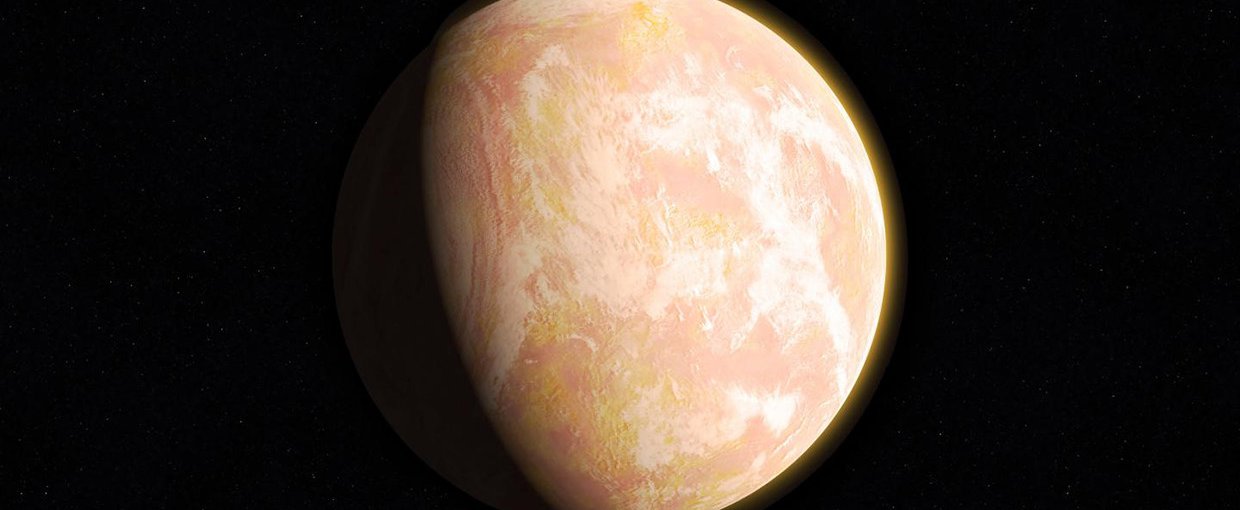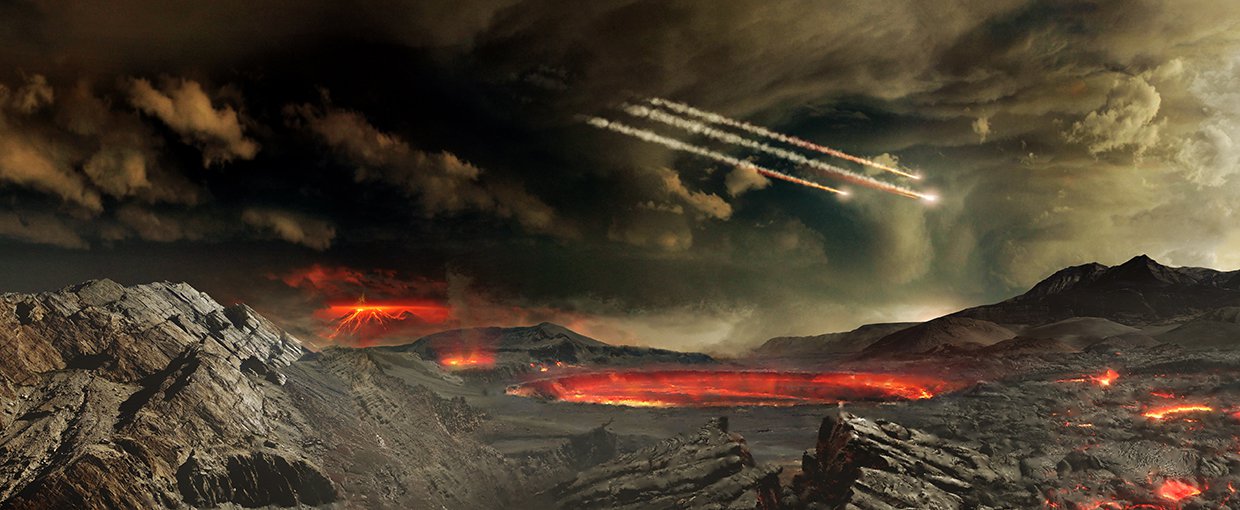
When studying ancient rocks from Earth’s Archean Eon (4 to 2.5 billion years ago), scientists have discovered anomalous ratios of sulfur isotopes in Archean sulfide and sulfate minerals. This is referred to as sulfur mass-independent fractionation (S-MIF), and is thought to indicate that the atmosphere of the Archean Earth lacked oxygen. Understanding how S-MIF came about is important in understanding the environment of the early Earth at the time of life’s origins.
Many studies have been undertaken in this regard, most of which have focused on the photochemistry of sulfur dioxide (SO2). Photolysis of SO2 at certain wavelengths and photoexcitation can result in a large-magnitude S-MIF. A review published in the Annual Review of Earth and Planetary Sciences discusses these studies and current knowledge of the physical origins of S-MIF, as well as how the origins of S-MIF may have affected the chemistry of the Archean atmosphere.
The review, “Photochemistry of Sulfur Dioxide and the Origin of Mass-Independent Isotope Fractionation in Earth’s Atmosphere,” was published in the Annual Review of Earth and Planetary Sciences. The work was supported by NASA Astrobiology through the Exobiology & Evolutionary Biology Program.
Additional Resources:
Sulfur Isotopes in the Archean Earth’s Atmosphere
New Insight into Atmospheric Chemistry on the Ancient Earth

